Kerry, Province of Munster, Southwestern Ireland 作者: 来源: 发布时间:2021-01-26
I. Population and Area
Population in 2016:145,502
Population in 2016:147,707
Population in 2020:145,000
Population Density: 30 persons per km2 in 2011
Total Area: 4,807 km2 (1,856 sq mi)
II. Natural Geography (Environment, resource and transportation)
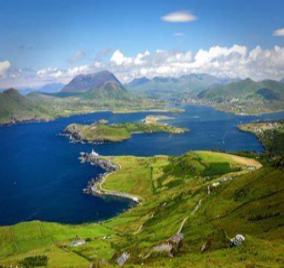
County Kerry It is named after the Ciarraige who lived in part of the present county. Kerry County Council is the local authority for the county and Tralee serves as the county town.
Kerry is the fifth-largest of the 32 counties of Ireland by area and the 15th-largest by population. It is the second-largest of Munster's six counties by area, and the fourth-largest by population. Uniquely, it is bordered by only two other counties: County Limerick to the east and County Cork to the south-east. The county town is Tralee. The diocesan see is Killarney, which is one of Ireland's most famous tourist destinations. The Lakes of Killarney, an area of outstanding natural beauty are located in Killarney National Park. The tip of the Dingle Peninsula is the most westerly point of Ireland.
Kerry has successfully marketed the natural beauty and magical atmosphere that the county has in abundance and is the most popular destinations outside of Dublin. Located in the south western tip of Ireland, Kerry is a rugged county of mountainous peaks, scenic Lakeland valleys and timeless rural character.
Transportation: Flying to Kerry
Kerry has an airport in Farranfore, located between Killarney and Tralee and about one and a half hours drive from Cork and Limerick cities. Bus services are available directly from the Airport to Tralee, Killarney and Limerick, and the nearest train station is within 10 minutes.
You can fly from Dublin, London Stansted & Luton, Frankfurt-Hahn and Manchester. The closest international airport is Shannon in Co. Clare.
By Car:
Kerry Airport has excellent road connections with the south and west of Ireland on the N23 route. The Airport is located between the towns of Killarney and Tralee and is about one and a half hours driving time from the cities of Cork and Limerick. Kerry Airport provides direct access to the national road network enabling airport users to undertake their journeys without delay on to Wild Atlantic Kerry. Driving in Ireland is on the left hand side.
By Train:
The nearest train station to Kerry Airport is Farranfore (1.4 km) from which you can access national rail links.
III. Economy
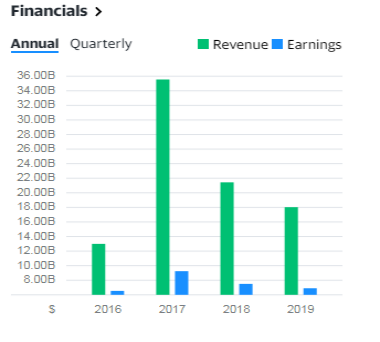
IV. Industrial Characteristics:
1) Reamda-Robotics and Electronics
Reamda Ltd. was founded in 2001 and has been developing military and engineering products for both National and International markets since its formation. Reamda has been exporting to International Customers since 2006 including the UK, Switzerland and the USA.
Reamda provides solutions in fields of robotics, embedded control systems, simulation, wireless telephony and video communication systems and remote sensor data acquisition including both radiological and x-ray equipment.
Reamda also has expertise in the fields of robotic and weaponry simulation including various naval weapon tracking systems simulations. Reamda has designed, developed and manufactured a number of mobile robotic platforms with live weapon capabilities.
2) Precision Engineered Abrasives - Kerry Abrasives
Kerry Abrasives are a precision engineering company specialised in the manufacture of customised abrasive solutions. We, at Kerry Abrasives, are all about precision engineered abrasives. Whether you are looking to improve your current grinding, polishing or cut off process, or whether you are setting up a new metal finishing line, we have the expertise, experience and manufacturing capability to offer you a unique solution. Our team is dedicated to delivering a unique abrasive solution allowing you to maximise your production outcome.
V. Attractions:
Kerry Bog Village Museum
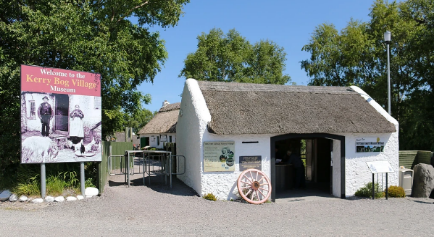
A glance at life in Kerry centuries ago, the Kerry Bog Village Museum follows a simple concept, but is a great way to understand some of Ireland’s old difficulties, and explore the way the land was once used. Delve into the whitewashed houses to learn about a way of life that’s long since left the island.
Derrynane House
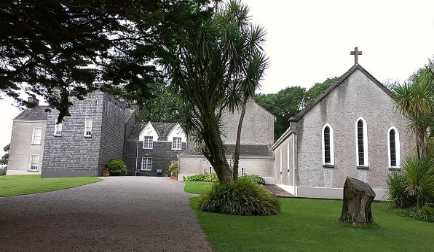
The former home of key revolutionary Daniel O’Connell, Derrynane House is a majestic mansion with plenty of historical areas of interest to explore, as well as a surprisingly international garden. Bring a picnic and explore the surroundings: it’s gorgeous, not least the quiet nearby beach.
The Ring of Kerry
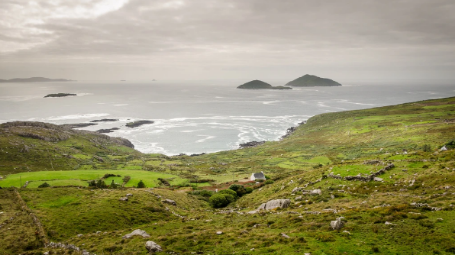
Not so much a single site as an entire circuit of rugged, rural beauty, this is the
one tour you’ll have thrown at you consistently if you drop in on Kerry. The ‘ring’ takes you around the Iveragh Peninsula, past a host of gorgeous Atlantic views, quaint towns and tiny, enticing (but cold) beaches. If you can go under your own steam, do.
VI. History

The Irish name Ciarraí derives from the ‘Ciarraighe’, the name given to a p re-Gaelic tribe who lived in part of the present county, whose legendary founder was Ciar, son of Fergus Mac Róich. As one would expect, Kerry is full of prehistoric remains, which prove that the place has long been a chosen location for human settlement. However, we don’t know much about the history of a county which did not exist as such until the end of the sixteen century.
We know that, even after the first wave of Norman invasions led by Strongbow, most of what is now known as county Kerry remained the scene of local wars led the many clans, the most powerful one being the MacCarthy. But in the 14th century, the northern part of the county fell under the rule of the Anglo Irish Earl of Desmond, a branch of the FitzGerald dynasty.
1588 saw wreckage of the fleet of the Spanish Armada along the west coast of Ireland and some of the ship, which were returning to Spain during the stormy weather, sought shelter at the Blasket Islands.
After the Irish defeat of the Nine Years War, much of the native owned land in Kerry was confiscated and given to English settlers or 'planters'.
The head of the MacCarthy Mór family, Florence MacCarthy, was imprisoned in London and the lands were divided between relatives and colonists from England, such as the Browne family. Another Irish rebellion in 1641 saw an attempt by Irish Catholics to take control of a Protestant Ireland. In Kerry this rebellion was led by a McCarthy, whose forces were some of the last to surrender to Cromwell’s roundheads in the subsequent conquest of Ireland in 1652. The last stronghold to fall was Ross Castle, near Killarney.
In the wake of the Great Irish Famine of 1845–49, thousands of people died or emigrated to seek a better life across the Atlantic, and Kerry remained a soil of emigration until recent times.
In the 20th century, many of the events of Irish War of Independence (1919–21) took place in Kerry. The Irish Republican Army fought against the Royal Irish Constabulary and British military. The 'siege of Tralee' in November 1920 saw the Black and Tans burning many homes and shooting dead many civilians in retaliation for an IRA killing. Other major incidents were the Headford Junction ambush in spring 1921, killing twenty British soldiers, three civilians and two IRA men, and the killing in Castle Island on the very day of the July 1921 truce.
Kerry was perhaps the worst affected area of Ireland during the Irish Civil War (1922–23). In March 1923, soldiers from the National Army massacred Republican prisoners in reprisal for ambushes, the most notorious being the killing of eight men with mines at Ballyseedy, near Tralee.
Like the rest of the West of Ireland, Kerry recovered very slowly through the rest of the 20th century, but it eventually became the prime tourist destination in Ireland. And even the most recent international crisis hasn’t altered the good humour of the inhabitants of the Kingdom.
VII. Other information
Valencia Island is linked to the mainland by a bridge. It’s a small place, but you might know its name from meteorological reports. To go to the Skelligs or the Blaskets, however, you’ll need to take a boat.
Be prepared to experience rough sea – it is actually advised to contact the boatman about conditions in the morning of your trip. From May to September they are several companies operating boa trips to the Skelligs from Waterville, Valencia Island, Ballinskelligs and Portmagee. Costs are usually between 35 and 40€.
Blasket Islands Dún Chaoin Ferry Co operates a daily Ferry to the Blaskets from Easter to October. They also provide an Eco Marine Adventure Tour, which is a 3 hour guided boat tour around the Blasket Islands Archipelago.
VIII. Contact information
Mayor: Norma Foley
Address: Town Hall
Killarney
Co. Kerry
Tel: (064) 6626100
Fax: (064) 6634187
Email: foley@oireachtas.ie.
Reference website: https://killarney.ie/
